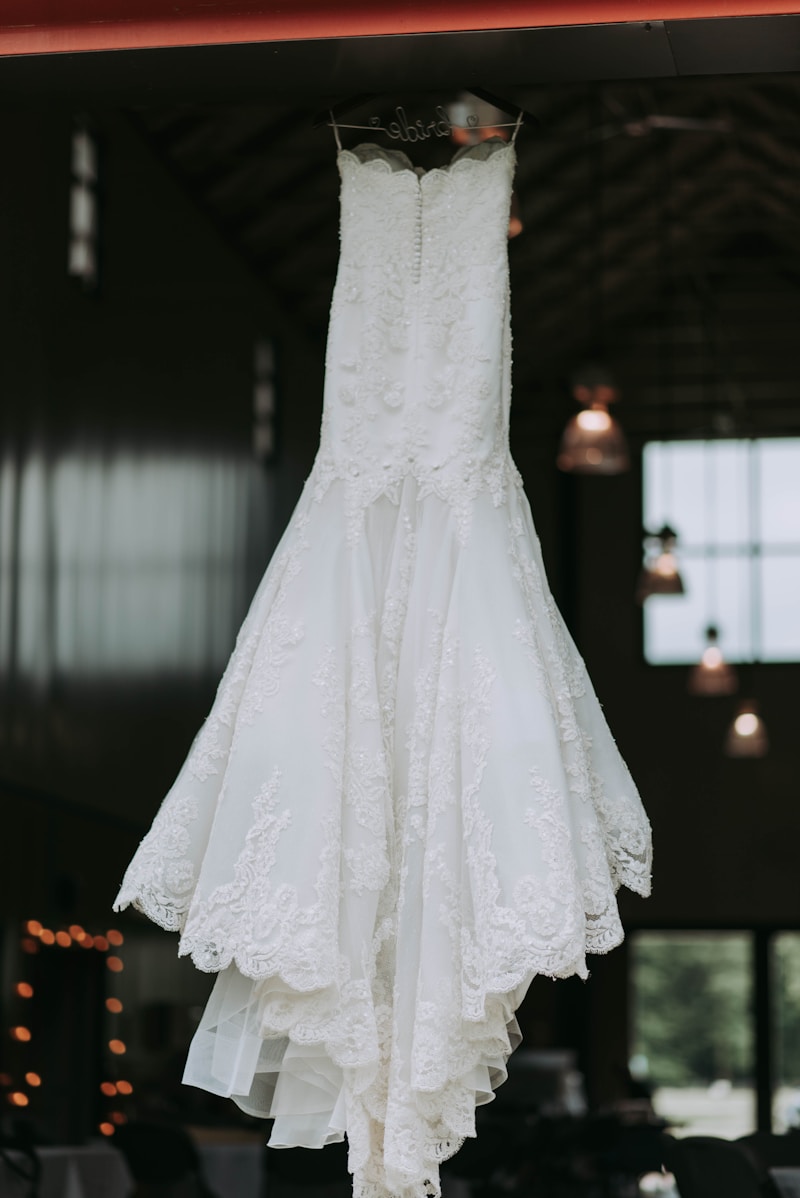Mastering the Art of Adjusting to Dress Fitting Feedback
Understanding Dress Fit: The Importance of Feedback
When it comes to fashion, the perfect dress is not just about the fabric or the design—it’s all about the fit. Adjusting to dress fitting feedback can significantly impact how a garment looks and feels when worn. Whether you’re a designer, a dressmaker, or a fashion enthusiast, knowing how to interpret and apply feedback is crucial for creating pieces that are not only beautiful but also comfortable and flattering.
The Value of Constructive Feedback
Feedback is an essential part of the design process. It serves as a guide for improvement and is invaluable in achieving the perfect fit for dresses. For brides-to-be, attending various dress fittings is common, and often involves numerous adjustments. Understanding how to adjust to dress fitting feedback can alleviate stress and enhance the overall experience. Here’s a deep dive into why feedback matters and how to leverage it effectively.
Why Dress Fitting Feedback is Important
1. Enhances Fit and Comfort: One of the primary reasons for attending fittings is to ensure that the dress feels good when worn. Feedback helps identify areas that may be too loose or too tight.
2. Boosts Confidence: A well-fitted dress can significantly improve the wearer’s confidence. Constructive feedback can help in making adjustments that will enhance how the dress wears on the body.
3. Informs Design Choices: Designers can utilize fitting feedback to make informed decisions about material choices, design lines, and alterations for future collections.
Common Types of Fitting Feedback
During a fitting session, feedback can come from various sources, including the wearer, the designer, or even a stylist. Here are some common types of feedback encountered:
| Feedback Type | Description |
| Fit Issues | Comments about areas that are too loose, too tight, or not fitting well at all. |
| Style Preferences | Feedback on the length, style, or overall aesthetic of the dress. |
| Comfort Concerns | Comments regarding how the dress feels against the skin and the ease of movement. |
| Fabric Choices | Input on the materials used and their appropriateness for the design. |
Strategies for Adjusting to Feedback
Receiving feedback can sometimes be difficult, especially if it does not align with your vision. However, adapting to feedback is an essential skill in the fashion industry. Here are some effective strategies to consider:
1. Stay Open-Minded: Approach all feedback with an open mind. Remember that the goal is to improve the fit and feel of the dress.
2. Ask Clarifying Questions: If feedback seems vague, do not hesitate to ask for specifics. This can help in making precise adjustments.
3. Take Notes: Documenting feedback during fittings ensures that nothing is forgotten and helps in tracking changes over multiple sessions.
4. Utilize Mock-Ups: For designers, creating a mock-up dress to test feedback can save time and materials. It allows for easier alterations and can visually communicate changes.

Implementing Changes in the Dress
Once feedback has been gathered, the next step is to implement changes effectively. Here’s how to approach adjustments:
1. Assess Overall Design
Before making changes, assess the overall design of the dress. Consider how the feedback aligns with the original vision. Ensuring coherence is essential, especially for high-stakes events like weddings.
2. Prioritize Feedback
All feedback may not hold the same weight. It’s essential to prioritize which adjustments will have the most impact on comfort and overall appearance. For instance, if a bride expresses discomfort about a neckline, addressing that should take precedence over cosmetic changes.
3. Make Incremental Adjustments
Rather than making multiple drastic changes at once, focus on incremental adjustments. This method allows for more manageable testing phases and can help identify what works best without overwhelming the design.
Challenges in Adjusting to Feedback
While feedback is vital, it can come with challenges. Here are some common issues that arise:
1. Conflicting Opinions
Sometimes feedback from different sources may conflict. For instance, a designer may favor a particular style while the client prefers a different direction. Finding a middle ground is crucial, and sometimes this may involve compromises from both parties.
2. Emotional Attachment
Designers or wearers may develop an emotional attachment to certain elements of the dress. Letting go of these attachments can be difficult but necessary for achieving a better fit.
Conclusion: Embrace Feedback for Perfect Dress Fittings
Adjusting to dress fitting feedback is an essential process that ultimately leads to better-fitting garments. By embracing constructive criticism, prioritizing changes, and staying flexible, you can create a dress that is as delightful to wear as it is to behold. Remember, whether you’re designing a breathtaking wedding gown or a simple evening dress, the goal remains the same: to enhance the quality, comfort, and fit for the end wearer. Embrace feedback not as criticism but as an opportunity for growth and refinement in your craft.
In summary, effective communication, open-mindedness, and strategic adjustments are key components in successfully navigating the process of adjusting to dress fitting feedback. As you continue your journey in the fashion industry, keep these strategies in mind to ensure your designs meet not only the expectations of your clients but also foster an enjoyable fitting experience.